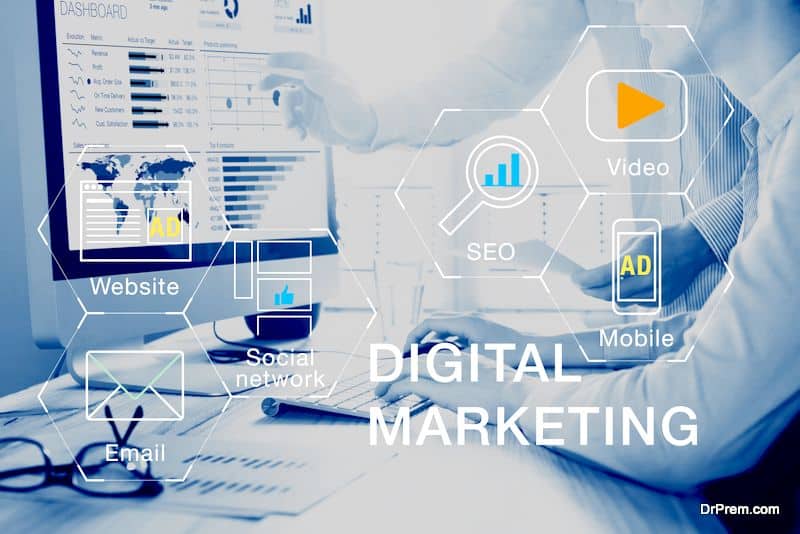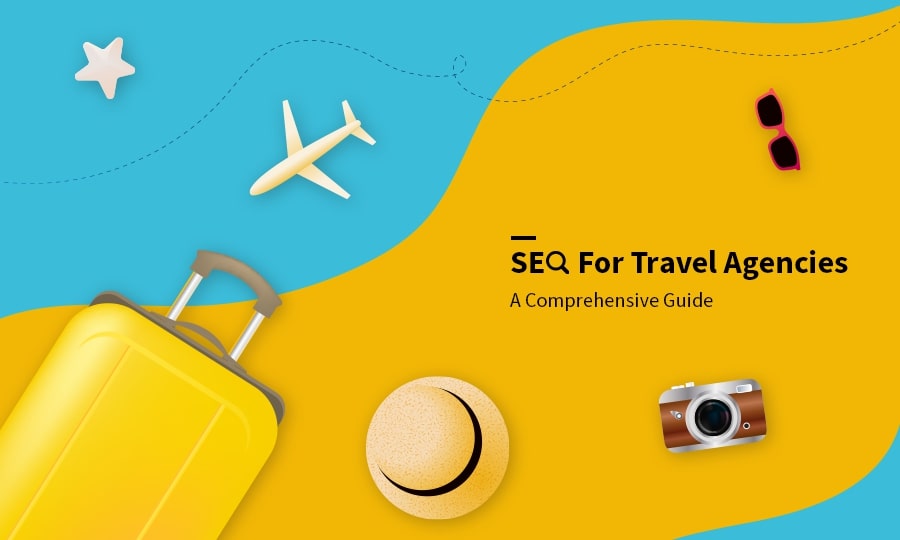
In today's digital-first world, tourism digital marketing is a must-have for travel companies, destinations, and agencies that want to connect with modern travellers. Social media is one of the best tools for getting people to know about your brand, making emotional connections, and getting people to book. This blog looks at how social media can help with tourism digital marketing. It gives tips, strategies, and real-life examples of how travel and tourism businesses can do well online.
The Growth of Tourism Digital Marketing
Over the past 20 years, the way that travel and tourism businesses market themselves has changed a lot. Digital marketing strategies that reach more people, target them more accurately, and give a better return on investment (ROI) have replaced traditional ones like brochures, print ads, and trade shows.
Tourism digital marketing now includes a lot of different online strategies, such as SEO, content marketing, email campaigns, working with influencers, and most importantly, social media. Travellers now find out about places, plan trips, and share their experiences in new ways thanks to platforms like Instagram, Facebook, TikTok, and YouTube.
Why social media is important for tourism
Travel is naturally visual and emotional, which makes it a great fit for social media. Here are some important reasons why social media is so important for digital marketing in the tourism industry:
Visual storytelling: Pictures and videos bring places and experiences to life, which is why Instagram and TikTok are great for this.
User-generated content (UGC): People who travel love to talk about their trips, and businesses can use this content to promote themselves in a real way.
Engagement in real time: Brands can talk to potential customers directly, answer questions, offer help, and build trust.
Influencers have a lot of power: They are like modern-day travel agents who decide where people go and how they experience those places.
Important Platforms for Tourism Digital Marketing
In a full tourism digital marketing plan, each social media site has its job to do. Here's a list of the main platforms and how to use them well:
1. Instagram
Instagram is probably the best place to tell stories with pictures. Travel companies can get people interested by posting high-quality photos, Reels, and Stories.
Tips for tourism digital marketing with Instagram:
– Use location tags and hashtags wisely.
– Work with people who write about travel.
– Share content from behind the scenes and about local culture.
– Post often and keep the look of your posts the same.
2. Facebook
Facebook is still a key part of tourism digital marketing because it has a lot of advertising options and tools for building communities, even though its user base is getting older.
Some of the ways Facebook works are:
– Writing interesting posts that get people to share and comment.
– Putting on events and using Facebook Live to interact with people in real time.
– Using Facebook Ads Manager to run ads that are aimed at specific groups of people.
3. YouTube
YouTube is still a good place to find long-form videos. Travel vlogs, guides to places to visit, and review videos help people plan and picture their trips.
– YouTube is a part of tourism digital marketing.
– Searchable videos help with SEO.
– Creates brand authority by giving useful information.
– Keeps people interested for longer.
How to Use Social Media for Travel Brands
Travel brands need to make a complete and flexible social media strategy if they want to stand out in the crowded field of tourism digital marketing. Here are some important strategies to use:
1. Figure out your brand voice
A strong and consistent brand voice makes you stand out. Make sure that your tone matches what your audience expects, whether it's adventurous, luxurious, or family-friendly.
2. Always post
Being consistent builds trust and keeps people thinking about your brand. Plan and stay relevant by using a content calendar.
3. Ask users to make content
In tourism digital marketing, UGC is a goldmine. Give travellers a reason to tag your brand, use certain hashtags, and share their content in exchange for recognition or rewards.
4. Social Listening Tools:
This kind of tool is helpful to keep an eye on reviews, comments, and mentions. You can use social listening tools to find out what your audience likes (or doesn't) and use that information to make marketing decisions in the future.
5. Hold contests and give things away
Contests are a great way to get people involved and make your brand more visible. Make sure the rules are clear and that people can only take part by tagging, sharing, or posting travel-related content.
What Influencers Do in Tourism Digital Marketing
Influencer marketing is now a multi-billion-dollar business, and it has a huge effect on tourism digital marketing. Influencers have a built-in audience and a voice that people trust. Collaborations can be anything from sponsored posts to full-on content partnerships.
How to pick the right influencers:
– Make sure their values are in line with yours.
– Don't just look at how many followers you have; look at how many people are engaging with you.
– Look back on past collaborations and see how well they worked.
– Set clear goals and KPIs.
Influencers can help your brand reach new people in a natural, relatable way that traditional ads often don't work.
How to Tell If You're Doing Well on Social Media
Data-driven tourism digital marketing works. Measuring how well social media is doing helps improve strategies and get the most out of your money.
Important Metrics to Keep an Eye On:
– Engagement rate: shares, likes, and comments.
– Reach and impressions tell you how far your content is going.
– Follower growth: Do people want to keep in touch?
– Conversion rate: Are people doing something, like booking or signing up?
You can collect and analyse data with tools like Google Analytics, Meta Insights, and third-party sites like Hootsuite or Sprout Social.
Challenges in Social Media Marketing
Even though there are benefits, using social media for tourism digital marketing has its own set of problems:
– Changes to algorithms: Platforms are always changing the way they rank content.
– Content saturation: To stand out, you need to be creative and good at what you do.
– Negative reviews or comments: These need to be handled promptly and professionally.
– Resource intensity: Making high-quality content regularly takes time and skill.
What Will Social Media Be Like in the Future for Tourism Digital Marketing on the Internet
The tourism digital marketing changes as technology does. The future looks bright:
– AI-powered personalisation: Content that is tailored to how users act.
– Shoppable posts: Making reservations right from social media.
– Blockchain and Web.... 3 could ~ Vindication and engagement models.
– Travel companies need to stay flexible and spend money on training, tools, and new ideas to stay ahead.
Conclusion
Social media is no longer optional for travel brands — it's essential. It’s the heartbeat of tourism digital marketing, connecting businesses with travelers across the globe in real time. There are endless possibilities, from beautiful Instagram posts to interactive TikTok videos.

 Start your Travel Business with Our 7 Day Free Trial Website!
Start your Travel Business with Our 7 Day Free Trial Website!





